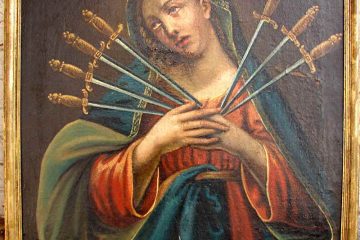The Enduring Influence of Persia in Today’s World
Introduction
The historical region of Persia, known today as Iran, holds a significant place in world history due to its rich culture, vibrant history, and influential empire that shaped not only the Middle East but also the broader world. Understanding Persia’s historical legacy is crucial in appreciating its ongoing impact on modern culture, art, and international relations.
The Rise and Fall of the Persian Empire
The Persian Empire began to rise in the 6th century BC under the rule of Cyrus the Great, extending its dominance across three continents, including parts of Europe, Africa, and Asia. This vast empire is known for its groundbreaking advancements in administration, architecture, and culture, leaving behind masterpieces like Persepolis, which showcase the grandeur of Persian civilization.
The empire fell in the 4th century BC but its influence continues to echo through the ages. The Zoroastrian faith that originated in Persia, as well as its contributions to philosophy and governance, have influenced a variety of cultures and religions. Moreover, trade routes established during the Achaemenid Empire helped facilitate exchanges that led to mutual influences on art, science, and technology.
Cultural Impact and Modern Relevance
In contemporary times, the essence of Persian culture is seen in modern art, poetry, and literature, with figures like Rumi and Hafez continuing to serve as sources of inspiration. Persian carpets, cuisine, and music also reflect the deep historical roots that remain relevant in today’s society.
Moreover, the geopolitical significance of the region continues to be a focal point in international relations, given its rich natural resources and strategic location. Understanding the historical context of Persia is essential for grasping the complexities of modern geopolitical dynamics, with Iran’s influence in the Middle East, its nuclear ambitions, and its relationships with Western powers such as the United States.
Conclusion
The legacy of Persia is far from a relic of the past; it is a vibrant component of ongoing cultural and geopolitical narratives in today’s world. As nations navigate the complexities of modern diplomacy and cultural dialogues, recognising the historical significance of Persia can foster greater understanding and cooperation. As we move forward, the stories and lessons from Persia will continue to shed light on the interconnectedness of global societies and the enduring power of cultural heritage.









